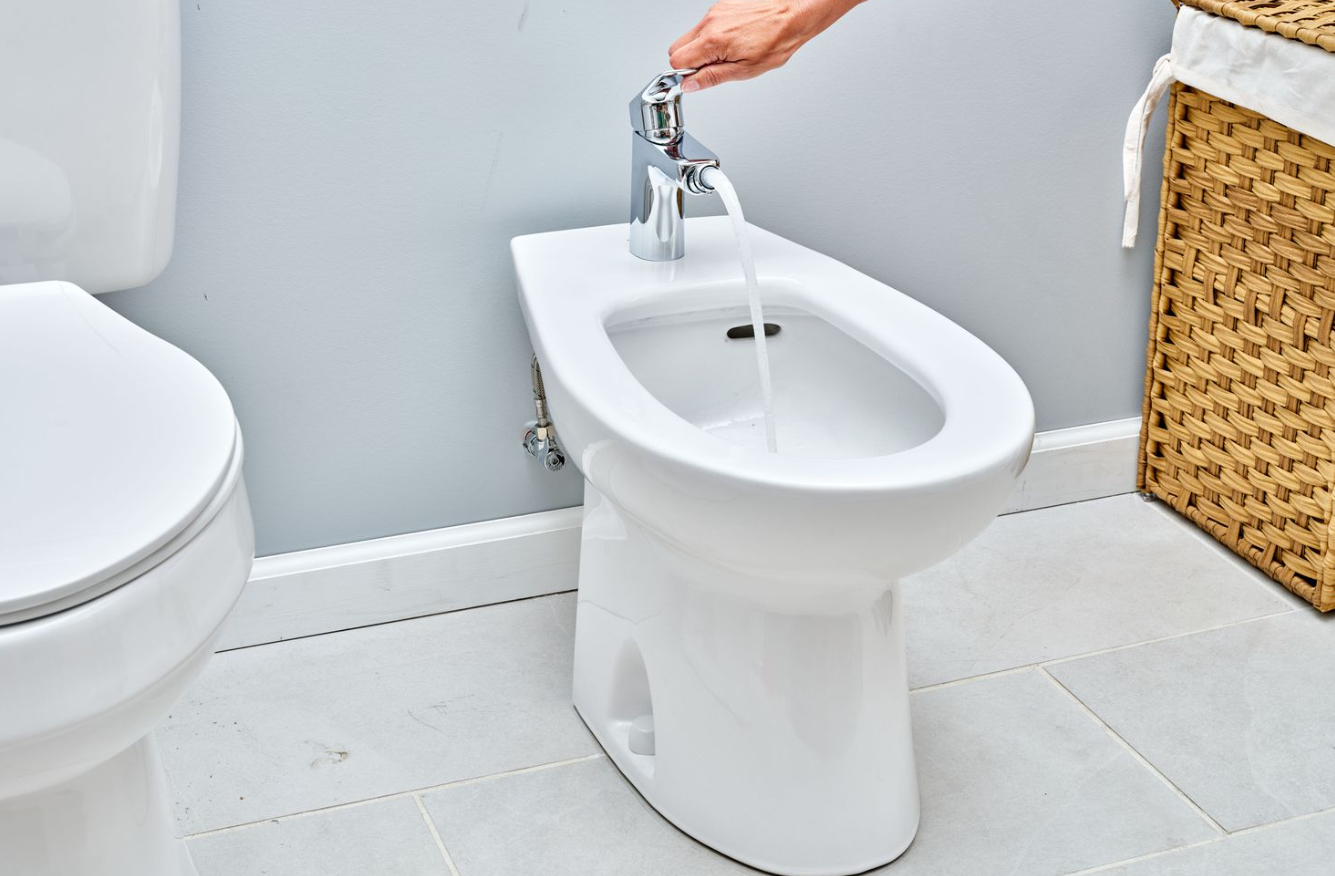Learning a new language can be tough, especially when you need to find a restroom while traveling. In Italy, knowing how to ask for a bathroom (‘bagno’) or a toilet (‘toilette’) is really helpful. It shows respect and helps avoid confusion. This guide gives you key phrases and cultural tips to help you communicate better in Italy. What other language tips could help during your travels? How might they make your trip smoother?
Essential Italian Words and Phrases for Bathrooms
15 Essential Toilet-Related Italian Words
Knowing a few Italian words for bathroom essentials can really help when you’re traveling in Italy. It’s good to know terms like ‘toilette,’ which you’ll see a lot, and ‘WC,’ which is a bit more casual but still common. You might also come across ‘servizi igienici’ in offices and public places, or just ‘bagno’ for bathroom in casual settings.
| Italian | English |
| Il bagno | Bathroom |
| La toilette | Toilet |
| Il water | Toilet bowl |
| Il lavandino | Sink |
| La carta igienica | Toilet paper |
| Lo sciacquone | Flush |
| L’asciugamano | Towel |
| Il sapone | Soap |
| Lo specchio | Mirror |
| La doccia | Shower |
| La vasca | Bathtub |
| Il rubinetto | Faucet |
| Lo spazzolino | Toothbrush |
| Il dentifricio | Toothpaste |
| L’asciugamani elettrico | Hand dryer |
15 Common Bathroom-Related Italian Words and Phrases
Knowing some basic Italian words for the bathroom can make your travels much smoother and help you connect with locals. It’s good to know the word toilette for more formal spots, or bagno when you’re just chatting casually. When you’re out and about, servizi igienici usually points to public restrooms. Don’t forget essentials like carta igienica for toilet paper, sciacquone for the flush, and rubinetto for faucet. These words come in handy especially in places like restaurants or hotels.
| Italian | English |
| Dov’è il bagno? | Where is the bathroom? |
| Bagno per uomini | Men’s bathroom |
| Bagno per donne | Women’s bathroom |
| Occupato | Occupied |
| Libero | Vacant |
| Fuori servizio | Out of order |
| Tirare | Pull |
| Spingere | Push |
| Lavarsi le mani | To wash one’s hands |
| Non funziona | It’s not working |
| C’è acqua calda? | Is there hot water? |
| Posso usare il bagno? | Can I use the bathroom? |
| Il bagno è pulito? | Is the bathroom clean? |
| Dov’è l’asciugamano? | Where is the towel? |
| Mi scusi, non c’è carta igienica | Excuse me, there’s no toilet paper |
How to Say You Need a Bathroom in Italian?
When you need to find a bathroom in Italy, it helps to know a few Italian phrases. You can say, ‘Mi scusi, ho bisogno di andare al bagno,’ which means ‘Excuse me, I need to go to the bathroom.’ It’s polite and easy to understand. Another good one is, ‘Dove posso trovare un bagno?’ This asks ‘Where can I find a bathroom?’ Using these phrases helps you get by smoothly and shows you respect local ways. It’s smart to learn them so you can ask for help easily while you’re in Italy.
How to Ask Where the Bathroom Is?

When you travel in Italy, it’s really useful to know how to ask where the bathroom is. Just learn a few simple phrases. The easiest way to ask is: ‘Dov’è il bagno?’ This means ‘Where is the bathroom?’ If you want to be polite, especially in nicer places or restaurants, you can say, ‘Scusi, dov’è il bagno, per favore?’ That’s asking, ‘Excuse me, where is the bathroom, please?’
Also, keep an eye out for signs like “Toilette” or “WC” (which stands for water closet). These will point you to the nearest restroom. Using these phrases helps you meet your basic needs while showing respect for the local culture and language.
Also Read: 45 Unique Ways To Apologize And Say Sorry In Italian
Types of Toilets in Italy
After learning how to ask for a bathroom, let’s look at the different types you might find in Italy.You’ll see signs for toilette or WC in public places—everyone knows what these mean. In Italy, bathrooms may have a traditional toilet or more modern setups, depending on where you are.
| Italian | English | Description |
| Sanitari sospesi | Wall-hung toilets | Modern, easy to clean, common in newer buildings and hotels |
| WC tradizionale | Traditional sit-down toilet | Similar to those in most Western countries |
| Bidet | Bidet | Separate fixture for personal hygiene, common in most Italian homes and many hotels |
| Toilette alla turca | Turkish-style toilet | A squat toilet, less common now but still found in some older buildings or public facilities |
| WC chimico | Chemical toilet | Portable toilets used at events or construction sites |
| Toilette automatica | Self-cleaning public toilet | Found in some city centers and tourist areas |
| Cassetta di scarico esterna | Toilet with external flush tank | Often seen in older buildings |
| WC con sciacquone a pulsante | Toilet with push-button flush | Modern type with water-saving options |
| Toilette per disabili | Accessible toilet | Found in public places, designed for people with disabilities |
| Vasi sanitari a pavimento | Floor-mounted toilets | Traditional style, still common in many places |
Also Read: 85 Most Beautiful Flowers In Italian
What Is A Bidet And How to Use It?

A bidet is a common bathroom fixture in Italy, used for cleaning yourself after using the toilet. It looks like a small, low sink with a water jet for washing your private areas.
Here’s how to use it: first, go to the bathroom as usual. Then, sit or straddle the bidet. You can face the controls or not, as you like. Adjust the water to a comfortable temperature and pressure. Use the jet to wash up. You might want to use soap for a better clean.
When you’re done, dry off with a towel that’s usually hanging nearby. Getting the hang of using a bidet can really make your trip to Italy more enjoyable.
Conclusion
In conclusion, knowing basic Italian bathroom words and manners makes your trip to Italy better. Knowing how to ask for the restroom in Italian can really improve your trip. It helps you communicate better with locals and shows you respect their way of life. Learn key terms like ‘toilette,’ ‘bagno,’ and ‘servizi igienici.’ Asking ‘Dove posso trovare un bagno?’ means you can find what you need without too much hassle. Really, if you want to dive deep into Italian culture, this is a good start.
Keep Visiting Translation Blog to learn more in Italian or other languages!

